- Learning time
- 20 minutes
- First play time
- 60 minutes
Isle of Skye: From Chieftain to King
Designed by: Alexander Pfister,Andreas Pelikan
In Isle of Skye the players are competing Chieftains, hoping to be King by the time the game ends. How they do this is a nifty blend of bidding for tiles, selling tiles, and tile placement. The tiles show the growing expanse of Skye itself – each Chieftain has their own ‘version’ of the island! – and the game proceeds with everyone expanding their personal Skye, hoping to score the most points.
Each player starts with a screen a some money, plus their starting tile (a castle). The game plays over six rounds, and at the start of each round each player draws three tiles from a cloth bag. They secretly decide how much they are willing to sell two of the tiles for by placing the price in cash next to it, and which tile they will dump. All the players’ decisions are revealed simultaneously, and then in turn order everyone decides IF they want to buy a tile, and if so, which one. If they do, they pay the price to the owner and the owner also gets their price ‘marker’ back. Everyone may buy one tile, then all bought and unsold tiles are added to the individual player’s expanding map – the cash marker in this case is lost and goes to the general supply.
Tiles must be placed so edges match – mountains against mountains, water next to water and so on. Then the round ends and everyone scores points according to a number of varying criteria – they vary not only round by round, but also game by game, so it’s impossible to cover them here, but they might be good to have most ships on tiles, or plenty of sheep, or lots of mountains…
A new round begins: players get some cash income – how much, again, varies depending on what tiles you’ve placed! – and the process repeats. After the sixth and final round there is an additional round of scoring where players with banners on their tiles can pick up points. The most points is declared King, and wins!
Joe says
Isle of Skye is probably a jump-up from gateway games like Ticket to Ride, but it's an excellent next step. The bidding is very clever, and the changing scoring criteria mean no two games will be the same. I've played a few times now, and it's a game I can see myself enjoying for many more plays.
The guru's verdict
-
Take That!
Take That!
No-one can invade your island, but people can certainly spot what tiles you're after and either price them heavily - or eliminate them from the round entirely.
-
Fidget Factor!
Fidget Factor!
Fairly low! It will creep up with more players though; three is perhaps the ideal number for a faster-moving game.
-
Brain Burn!
Brain Burn!
There's not too much to crunch here - the biggest deal is working out how to price your tiles. If you want to keep something for yourself, you probably need to price it high - but then, you're losing money. The economics of the game is what makes it tick.
-
Again Again!
Again Again!
Lots of randomness in the tiles and what actually scores points varies too - there are 16 scoring tiles, and each game only uses four of them.


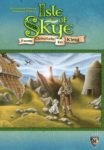
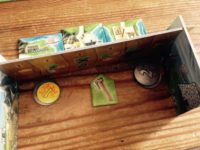
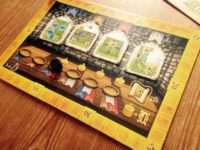
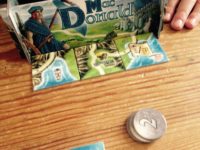
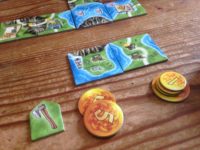


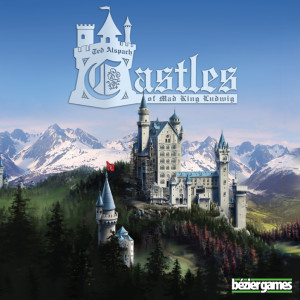
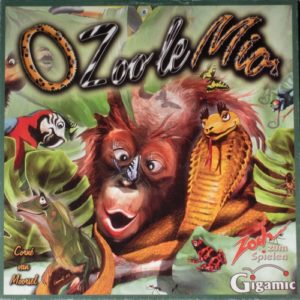
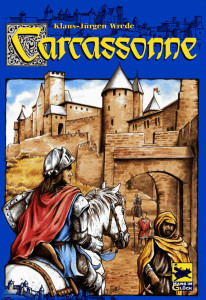
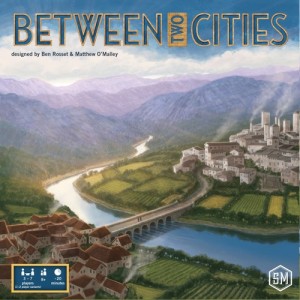
Sam says
This is a game that has a lot going for it - the pleasing nature of the tiles, the brinkmanship and second-guessing of the bidding. It's a good one for all ages.